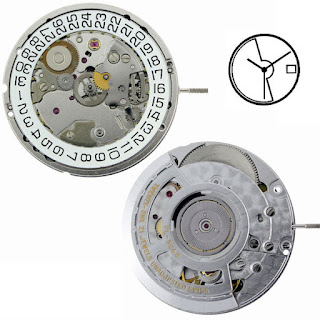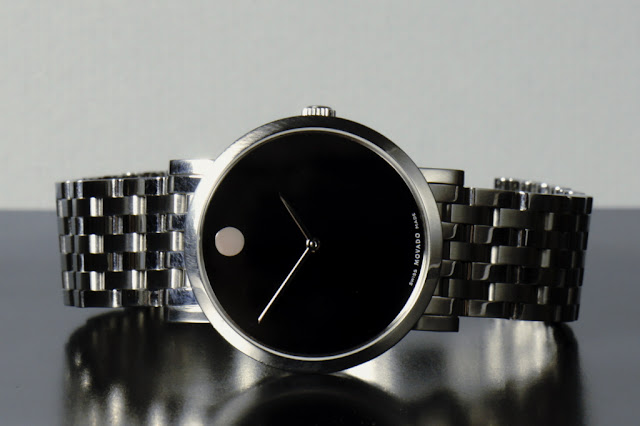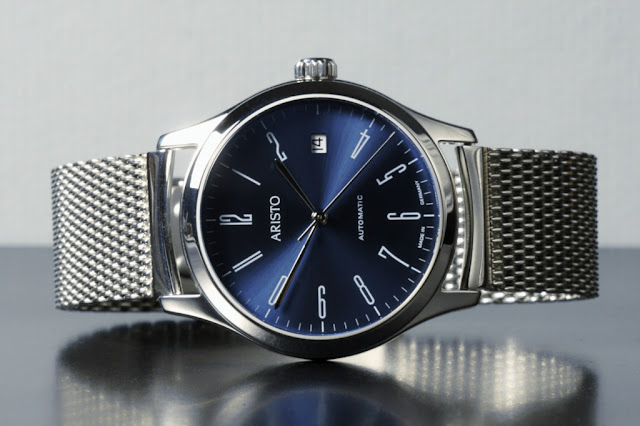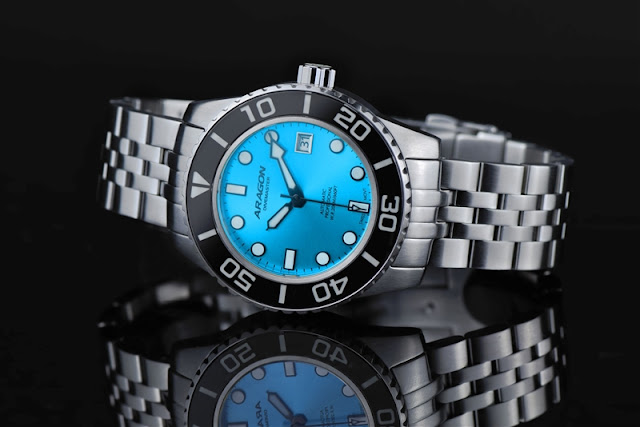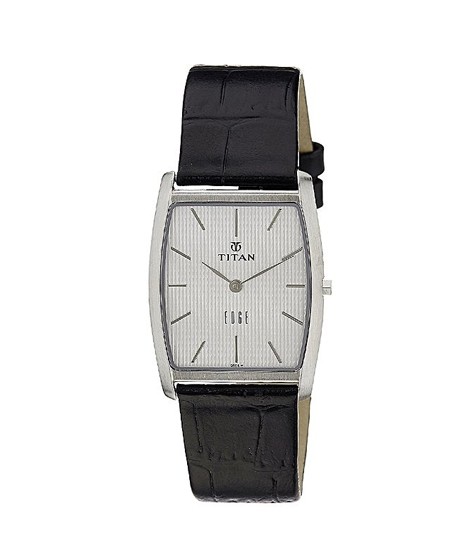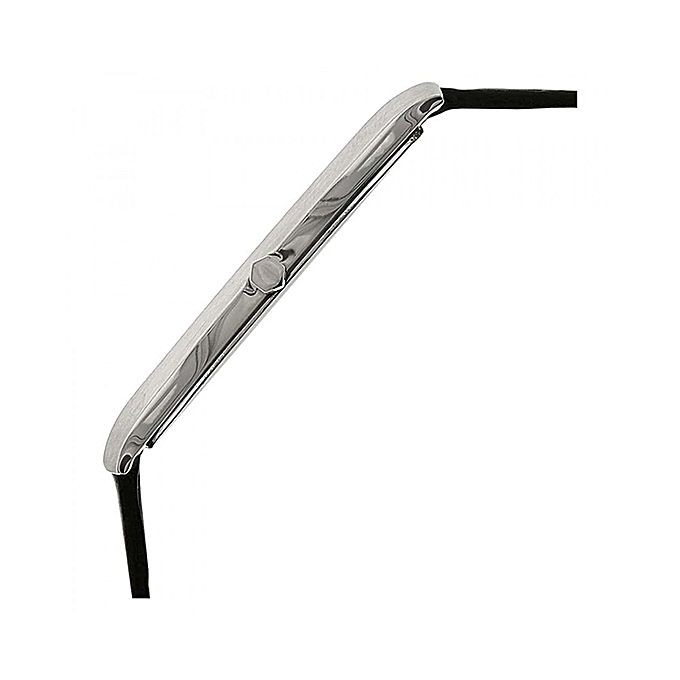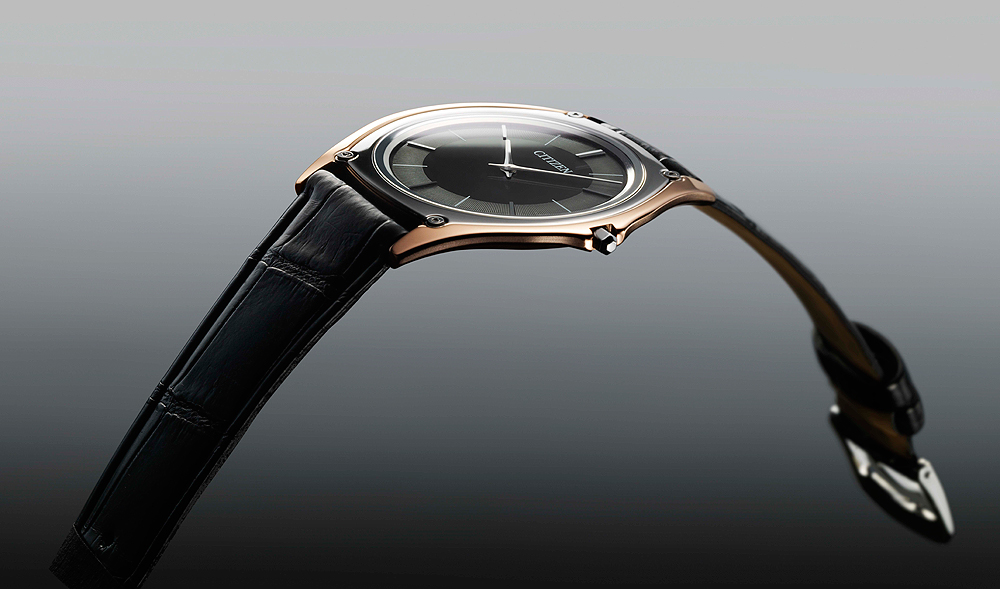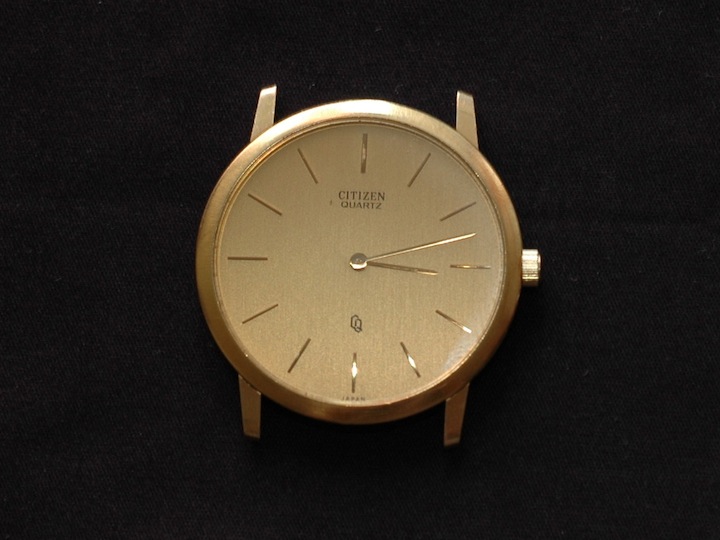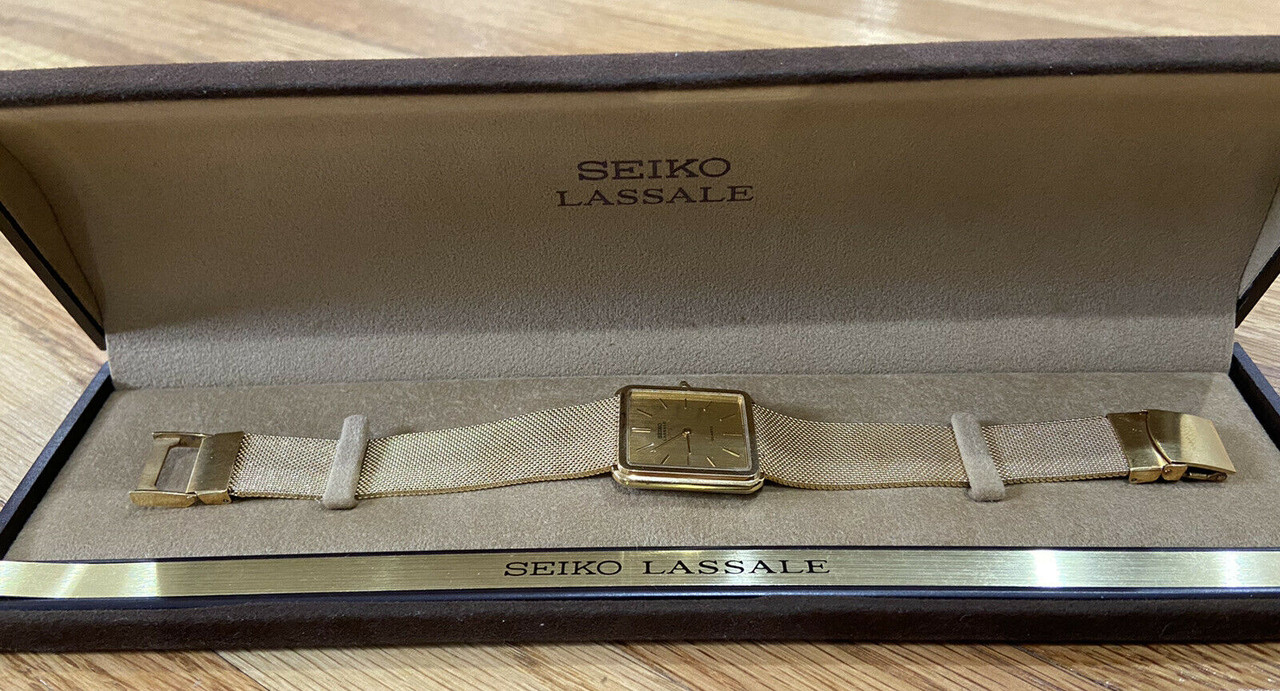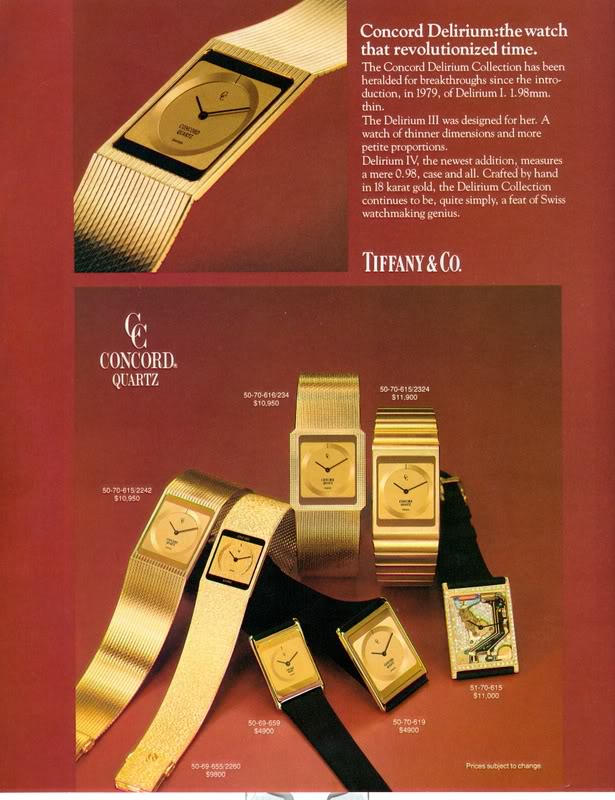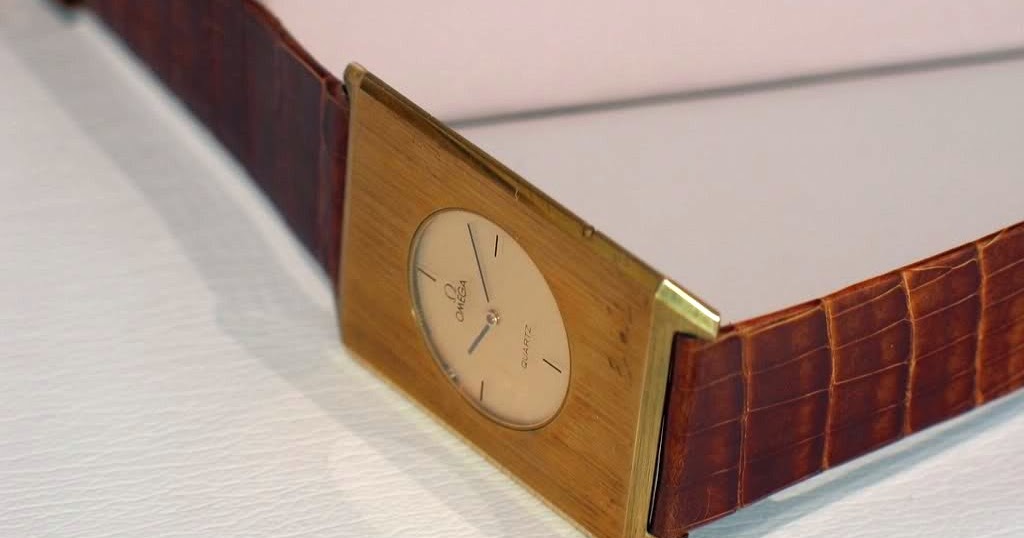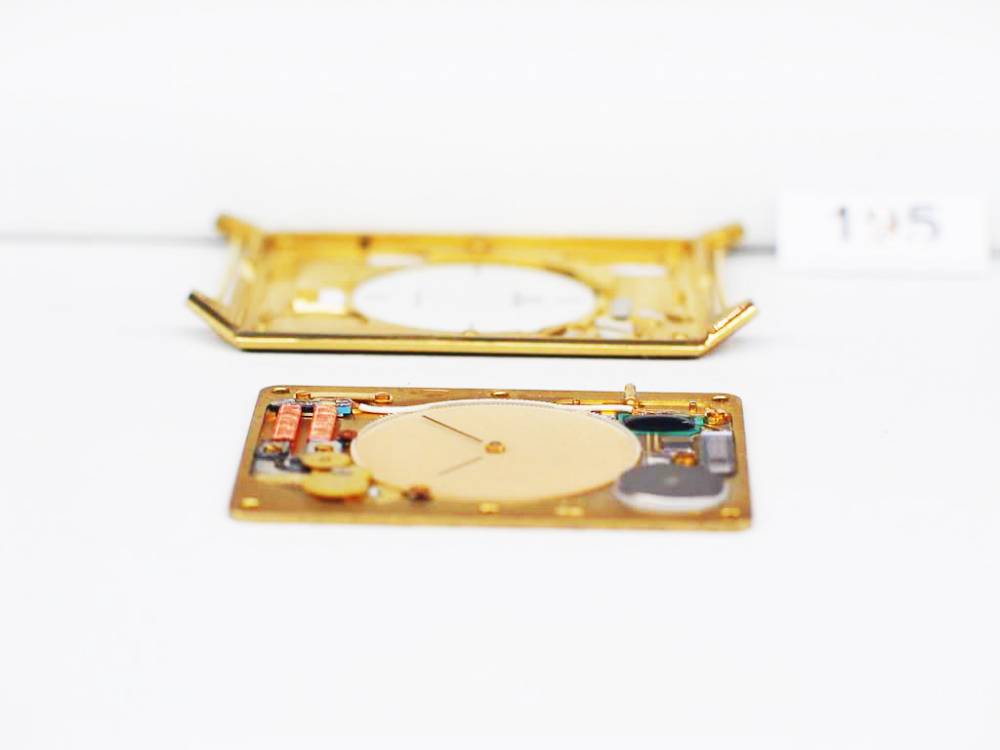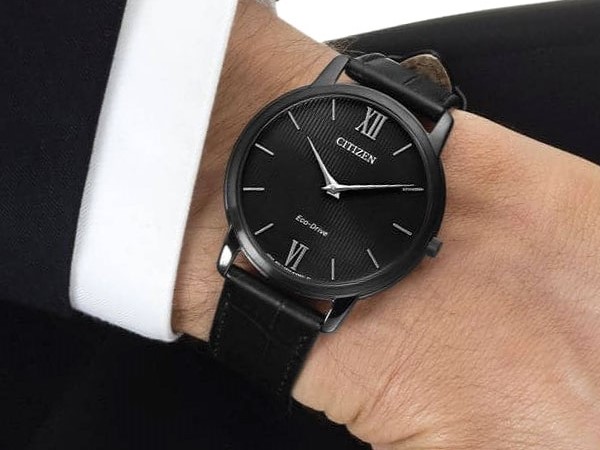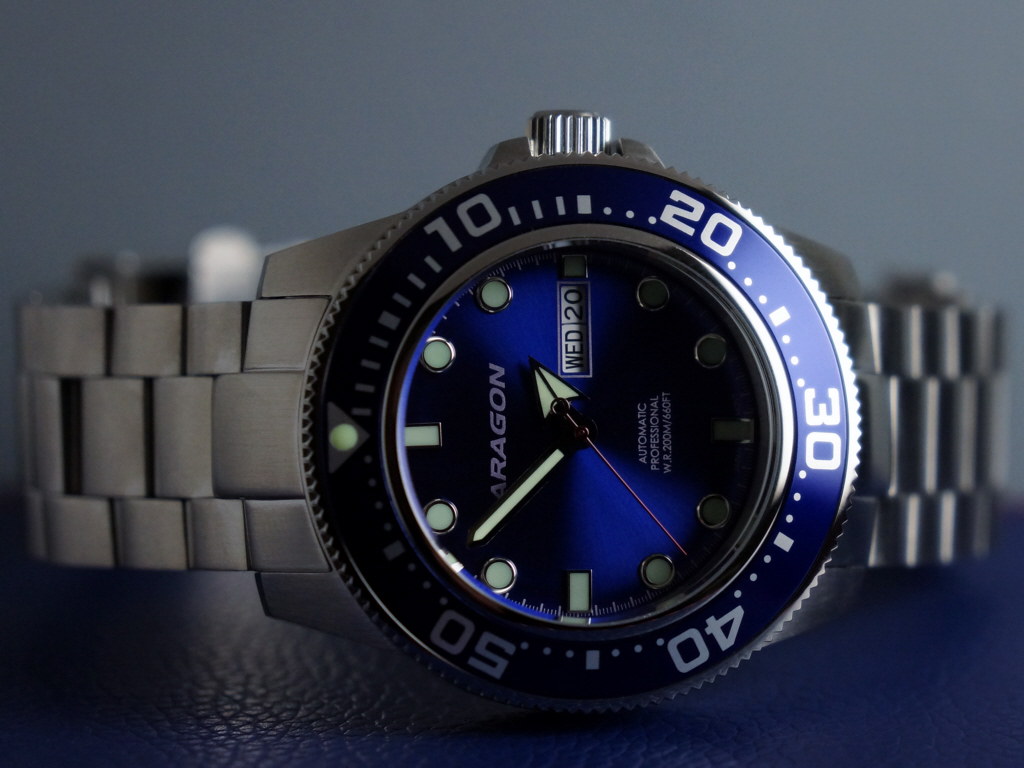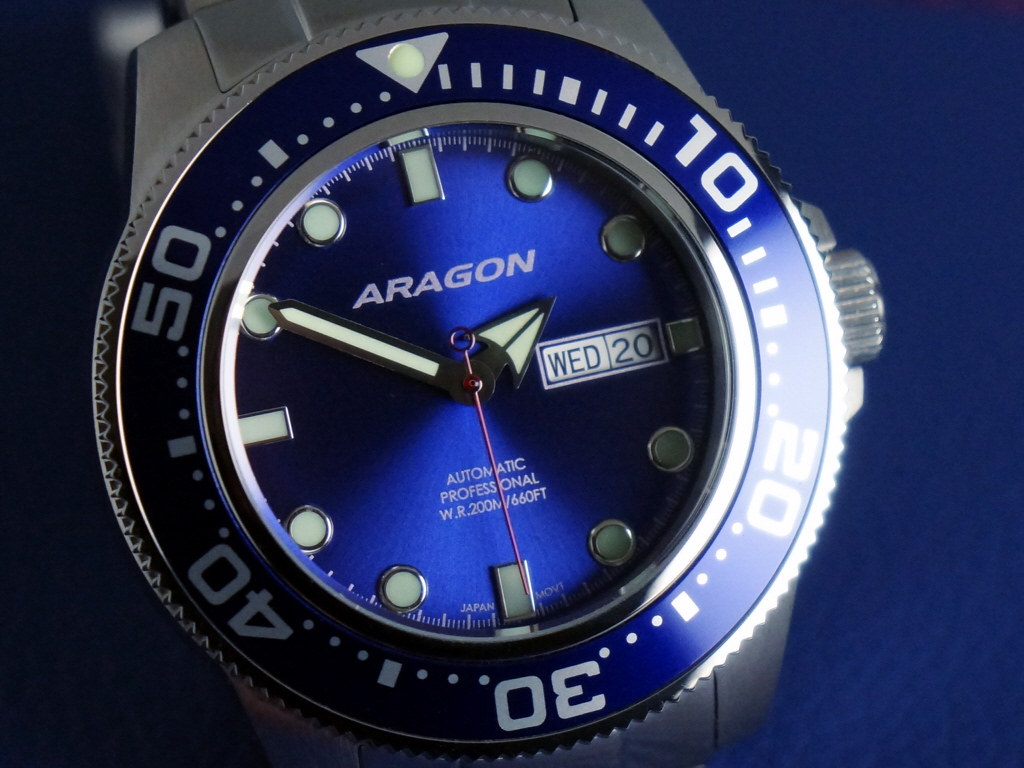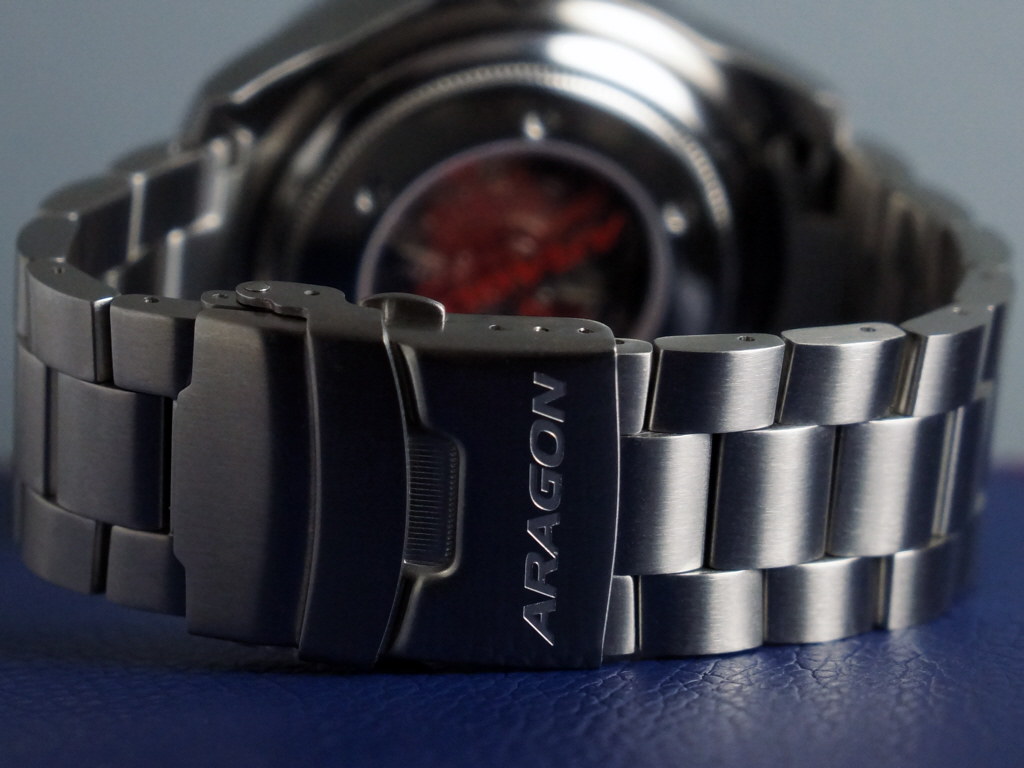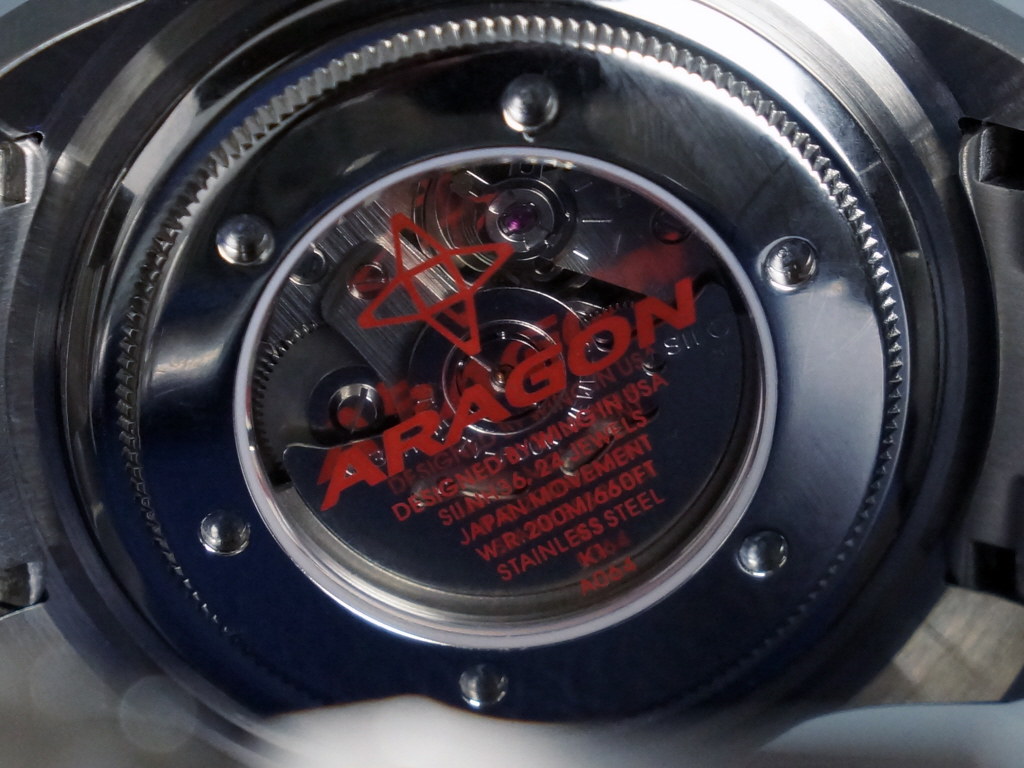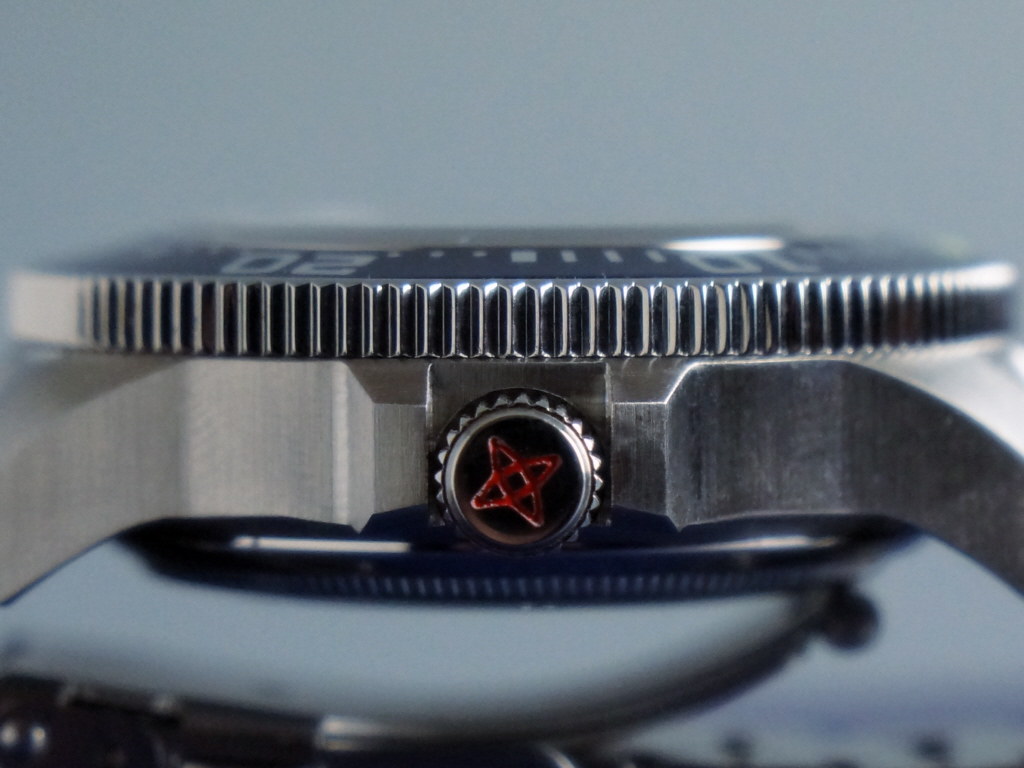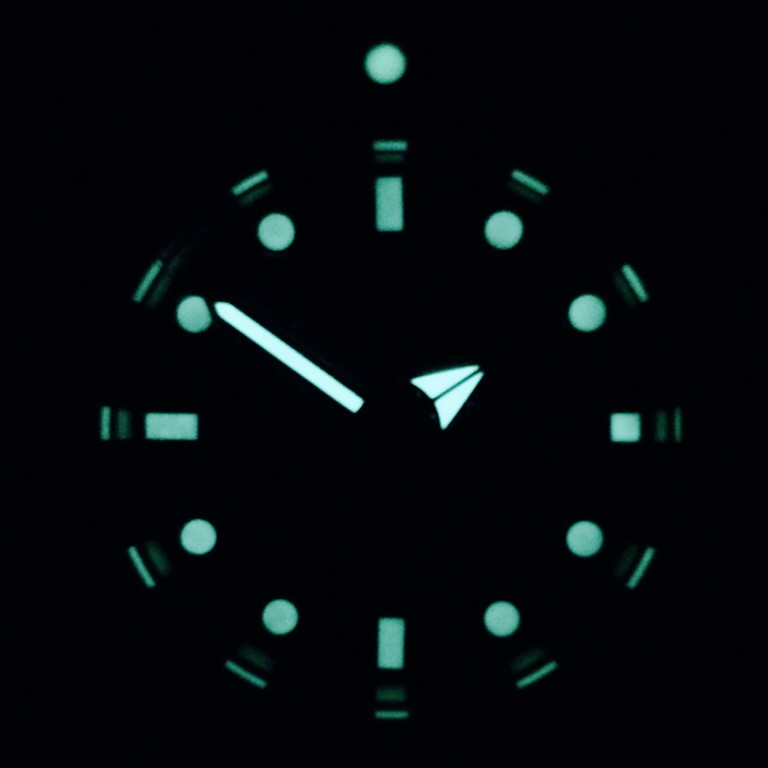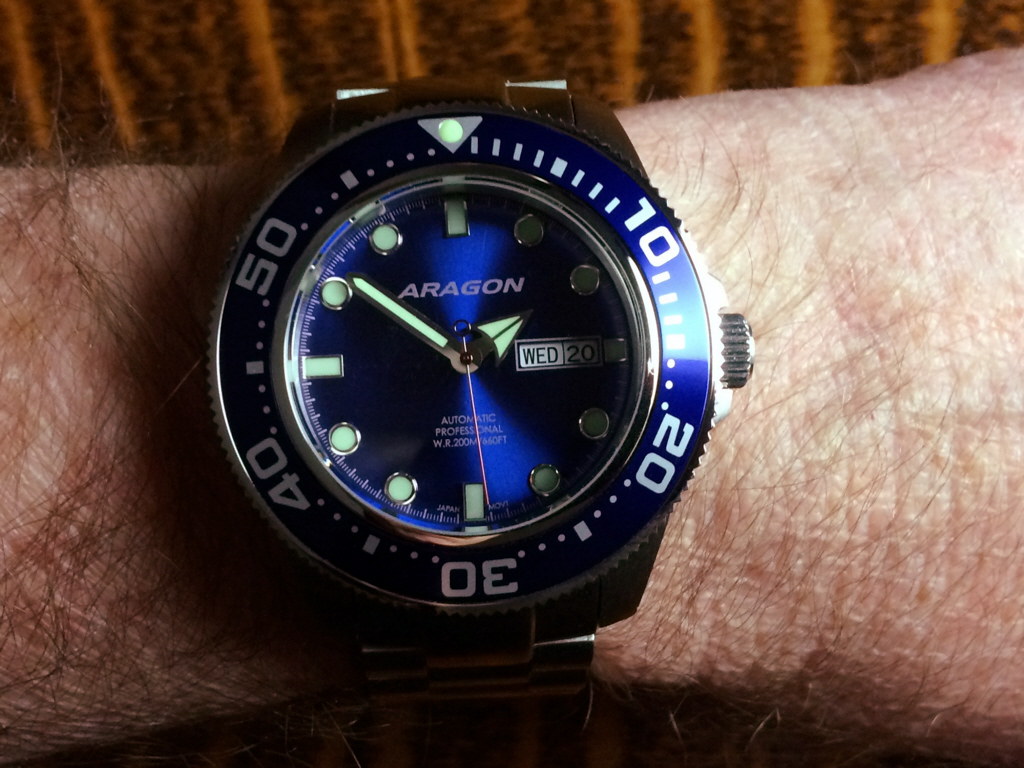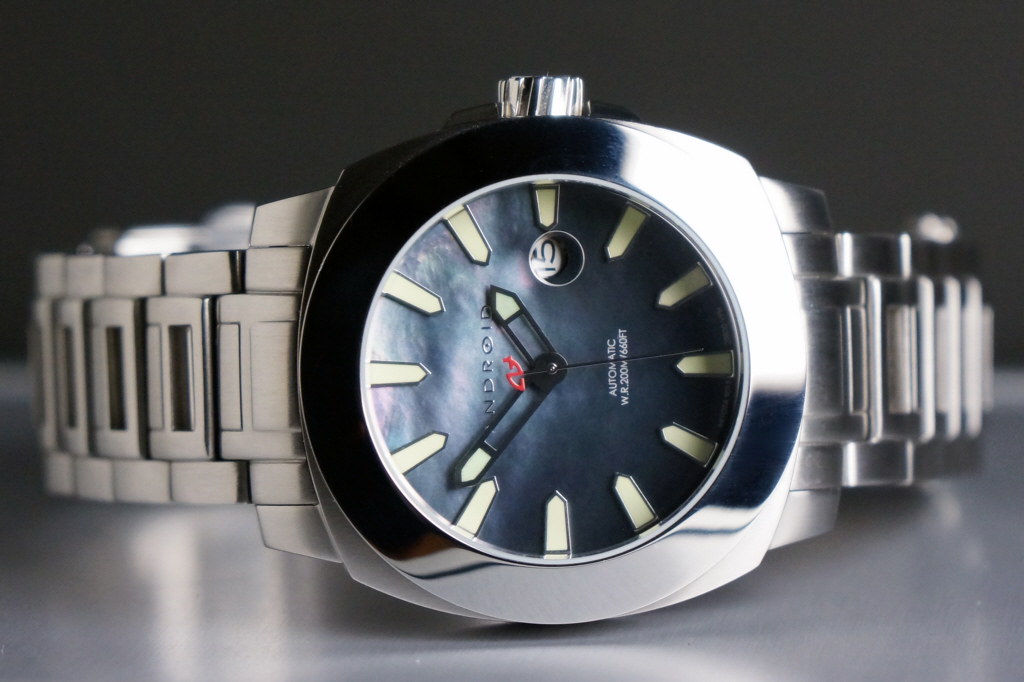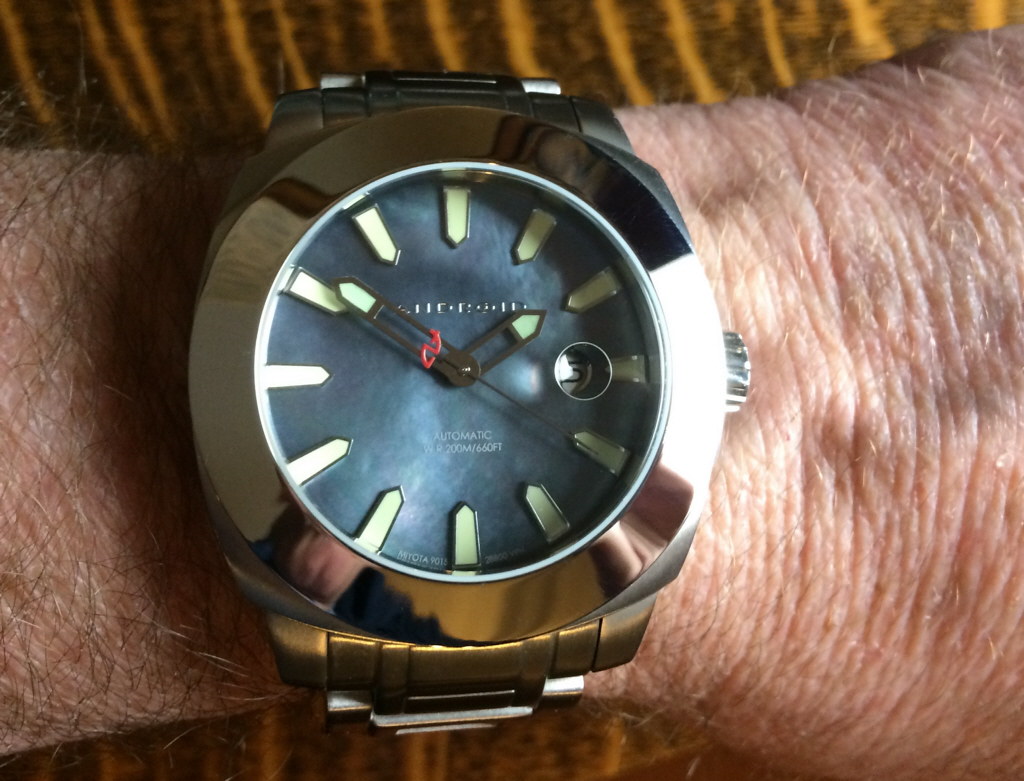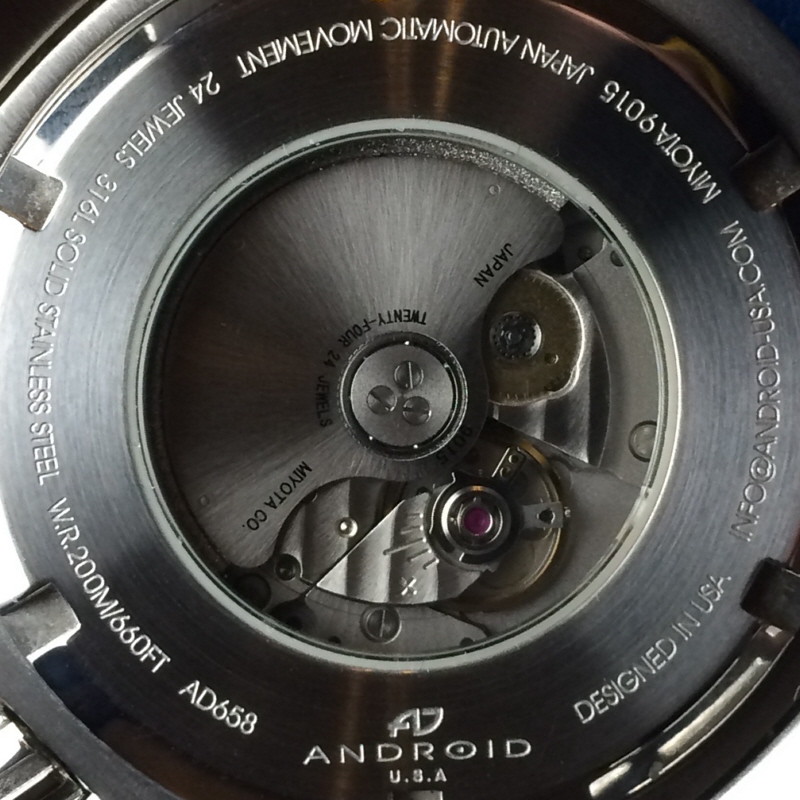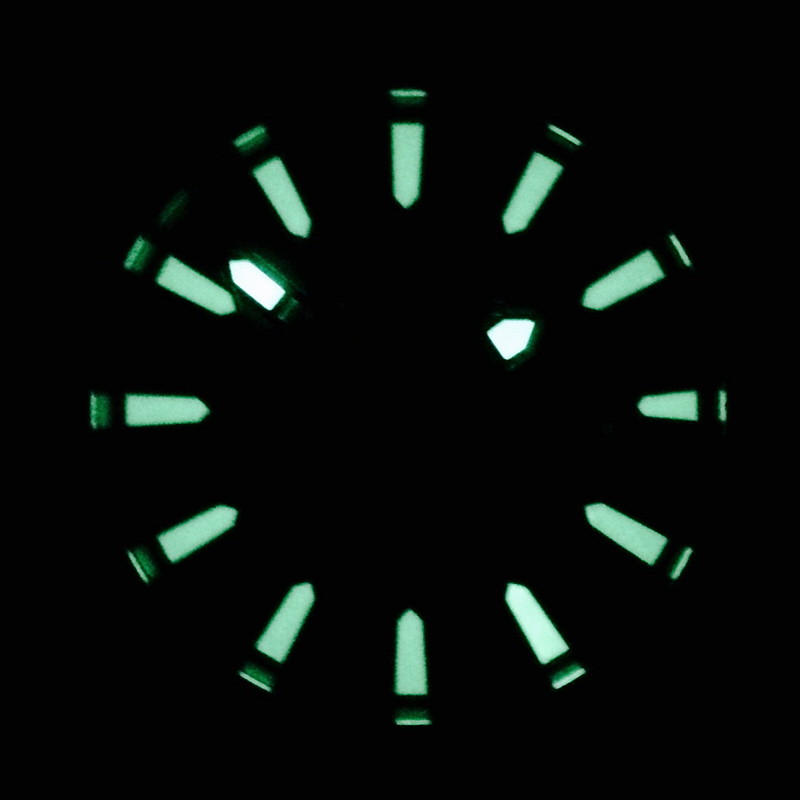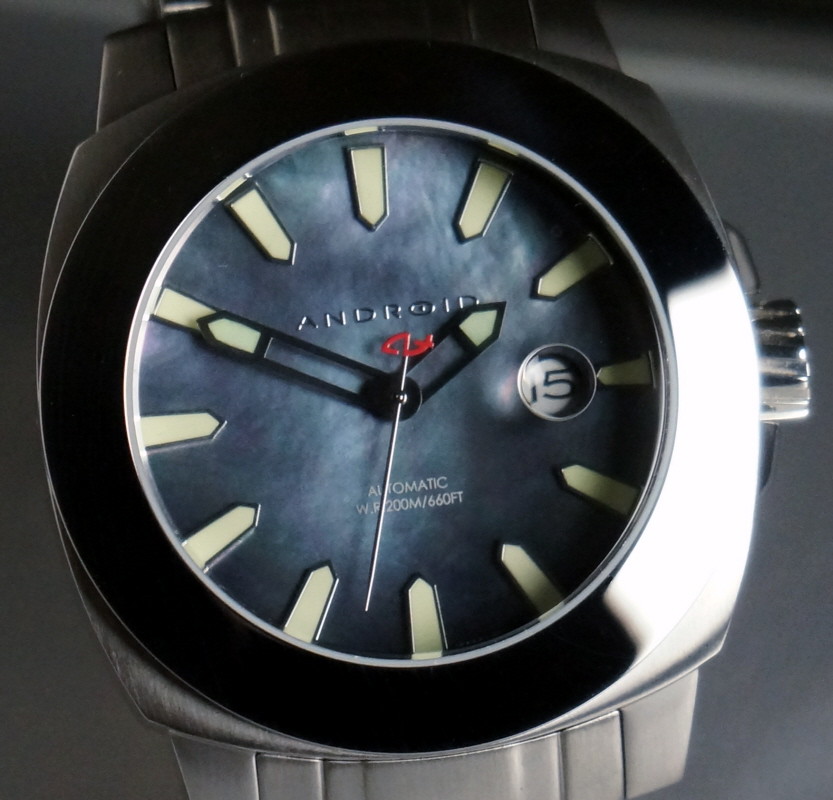Filling Swatch Group's ETA Mechanical Movement VoidSellita, Miyota, Soprod, and Ronda
In 2002, Nicolas Hayek, then CEO of the Swatch Group, announced its movement manufacturer, ETA, would stop supplying mechanical movements to companies outside of the 17 that are part of the Swatch Group by 2006. ETA had cornered about 75% of the Swiss Made movement and ebauche (partial movement base) market. That it created a global tsunami in the watch industry is an understatement. They had no Swiss competition to speak of. The demand for ETA's 2824-2 and 2836-2 in particular had been growing like the Australian rabbit population. The ETA 2892A2 and its variants were ubiquitous.
25 Jewel 28.8kbph high-beat ETA 2824-2
21 Jewel 28.8kbph high-beat ETA 2892A2
Hayek didn't do this to kill Swatch Group competition. His primary motive was forcing the Swiss watch industry to design and make mechanical movements. Nearly all the Swiss Made mechanical movement eggs for basic and mid-tier Swiss watches were in a single ETA basket. New mechanical movement development had been stagnant for decades since the creation of Swatch Group during the Quartz Crisis. The only companies making their own movements were high end luxury brands such as Audemars Piguet and Patek Philippe. In addition, to the consternation of Swatch Group, and high end luxury brands like Rolex plus the Richemont Group (another conglomeration of over a dozen high end brands), a good number of them were being used in Chinesium Counterfeits. Some of those movements were overstock sell-offs. An independent legitimate company might make a quantity buy from ETA, bigger than needed, to leverage on quantity discounts, knowing they could sell off the excess to others, notably in China, and come out ahead compared to buying only what they needed. The "commodity" selling of them was similar to an auction (put 'em up on a commodity marketplace and see what folks bid for them). That's one of the most common sourcing methods that was being used by the Chinesium Counterfeit dudes for their ETA movements.
A series of lawsuits in Switzerland greatly slowed ETA's plans down to a crawl. The Swiss Government listened to the rest of the Swiss industry that depended on ETA movements. Numerous independent Swiss brands were going to be left bereft of Swiss movements, threatening a sizeable piece of the Swiss watch industry. Nevertheless, ETA was allowed to begin gradually reducing movement quantities to companies outside of Swatch Group. It was designed to allow time for non-Swatch companies dependent on ETA to make or source movements from other suppliers, and give time for some other companies in Switzerland to begin making alternative movements (aka ebauches). If memory serves right, the real pinch began to hit about 2016. Some other companies -- seeing an opportunity -- began filling the void. The agreements reached between the Swiss Government and ETA, requiring them to provide some percentage of production (which was reduced every year) to firms outside the Swatch Group expired in 2019. A long time in coming compared to 2006 that ETA (and Swatch Group) had targeted. It's apparent ETA is still providing movements to others, but how many and to whom is, as far as I know, up to ETA and Swatch Group.
Sellita:
If my memory is still good, Sellita was the first Swiss company to fill the growing ETA void. They had been making movement components and assembling movements for ETA under contract for quite some time. The patents on ETA's mechanical movements had long run out . . . they long predated the Swiss watch industry collapse during the Quartz Revolution in the 1970's, and the formation of The Swatch Group to save major Swiss companies. Sellita was able to very rapidly tool up what little additional was needed, expand production capacity, and begin offering the SW200, a 2824-2 clone.
26 Jewel 28.8 kbph high-beat SW200-1
Miyota:
The second company I saw appear with an alternative was Citizen's Miyota movement company, offering their 9000 series movements. These are 28.8kbph high-beat, hacking, hand-wind, and generally well made. Reliability and durability is proving itself over time. The 9000 series has become a "Go To" for numerous independent watch makers. I have a number of pieces with a Miyota 9000 series inside.
24 Jewel 28.8kbph high-beat Miyota 9015
I have two with an 8200 series inside, and will buy no more of them. However, many indies are also using the very old design and by comparison, very cheap 8000 series movements. The Miyota 8000 series was designed decades ago for use in cheap watches made primarily for the Asian and African 3rd World markets where watch batteries are hard to come by; regions where quartz stuff is very impractical as a result. Citizen made many of these, but they're not marketed in North America. There are "hacking" variants of them, but the hacking method implemented is a wacky non-standard one, leading to the "jumping" seconds hand when used. It behooves a buyer to know what is inside that micro-brand indie watch company's offerings. Some of them obfuscate and make it difficult to find out. That always triggers my "Cheap Movement Alarm". The Miyota 9000 series isn't a clone of anything, nor is it a drop-in replacement for an ETA. The watch case must be designed for it.
Soprod:
Festina Group -- based in Spain with manufacturing spread over the globe, including in Switzerland -- also responded, although it took them a while, to create a mechanical movement for production by Soprod in Switzerland. Festina had acquired what became Soprod in 2008, but wasn't using them for entire mechanical movements. They have their A10 line, started in 2012, now called the M100 since 2016 (formerly A10-2), plus the C125 introduced in 2016.
25 Jewel 28.8kbph high-beat Soprod A10 (M100)
These are not clones, but very nearly a drop-in in form, fit and function, for the ETA 2892A2 and 2893-2 respectively, giving them a standard 3-hand and a 4-hand with central GMT complication. There are other variants in their C1xx line of movements. The design concept for them came from the Seiko's higher end 4L/6L movements, with some significant changes in their details to make them more ETA-like. Watchmakers familiar with the Seiko 4L/6L movements recognize the lineage in their basic structure. The A10 family and its derivatives have a number of variants with different complications. Their reputation is growing. Caliber numbering has shifted to the M100 and Cxxx. They're not drop-ins, but very nearly so. Case design modifications are very minimal. The big changes came in 2016. Acceptance and use of the Soprod movements has been growing since then. The M100 and C125 have a definite 2892A2 and 2893-2 feel to them. Footnote: Seiko's high-beat 4L and 6L movements have come and gone now.
Ronda:
Long a Swiss movement company, Ronda had quit making mechanicals in the mid-1980's and focused on entry and mid-tier quartz movements. They've been used in countless quartz watches. In 2016, Ronda announced it was returning to making mechanical movements with their R150, but their target date kept moving out. Finally in 2018, some of the Ronda R150 began finding their way into some indie company watches.
25 Jewel 28.8kbph Ronda R150
They're the newest player in "ETA Alternative" market. The R150 isn't an ETA 2824-2 clone, but its form, fit and function dimensions are close enough to be used as a near drop-in for the 2824-2 provided the user accounts for it being 0.2mm thinner. Stem height from its dial plane is identical, with dial and hand fitting also the same. Time will tell whether the R150 continues to gain traction. Typically a new mechanical movement must prove itself over time.


